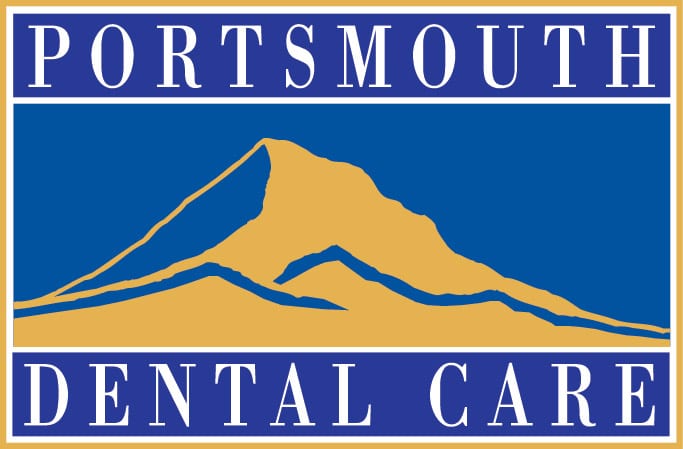
Whether you’re in the process of getting dental implants or just exploring them as a treatment possibility, it is helpful to know some of the terms that we use when discussing implants. We want you to be an informed participant in your dental care. Knowing what these words mean can help you feel comfortable and confident during every phase of treatment.
Dental Implant
People tend to use dental implant as an umbrella term that includes the implant, crown, and abutment (see definition below). In fact, dental implant only refers to the part that is implanted into the bone of your jaw. The implant is designed to be an artificial tooth root, holding the artificial tooth itself securely in place while you bite, chew, talk, sneeze, and laugh!
Abutment
This is the piece of hardware that connects a dental implant that’s anchored in your jawbone beneath your gums to the replacement tooth (i.e. crown). Abutments can be metal or zirconia (a white ceramic). Some dental implants include the abutment and are all one piece.
Crown
The crown is the part that actually looks like a tooth. Just like a standard crown that covers a broken tooth, an implant crown is made of specialized tooth-colored porcelain or porcelain fused to metal. This is the only part of the tooth replacement that will be visible. The crown is attached to the abutment either using a screw or a permanent dental cement.
Osseointegration
This long and strange word is actually what makes dental implants possible. In the 1950s, scientists discovered that bone can grow and fuse with titanium, unlike other metals that the body sometimes rejects. This process of metal and bone fusing together is called osseointegration (“osseous” comes from Latin and means “having to do with bone”). Dental implants have spiral threading along the shaft and resemble screws. This threading creates a texture that bone can bond to securely.
Ask Questions!
As you may know, your teeth are as unique to you as your fingerprints. So as you can imagine, no two dental implant treatment plans are the same. There is a lot more technology and vocabulary involved than what we described above. If you hear or see something you don’t understand, please ask us about it! We want you to feel comfortable and informed.
Appointments Before & After Work or School & on Saturdays & Sundays!
Request Online or Call Today!
Related Posts
Counterproductive Brushing Habits & Fixes
If you brush your teeth at least twice a day, you’re doing great. Regular brushing is the key to preventing tooth pain & expensive procedures.
Solutions for Slowing Sensitivity in Teeth
As our teeth are exposed to more & more foods that wear away enamel, our teeth can become sensitive to things like hot & cold food & drink.
Teaching Your Child Good Dental Habits
Good dental habits like brushing your teeth are important for your oral & overall health, but to kids, they can feel like a chore. Even though baby teeth will fall out eventually, it’s important to keep them healthy because they are guides & space holders for permanent teeth. Here are some tips for teaching your kids good dental hygiene habits to solidify their oral health for a lifetime.



